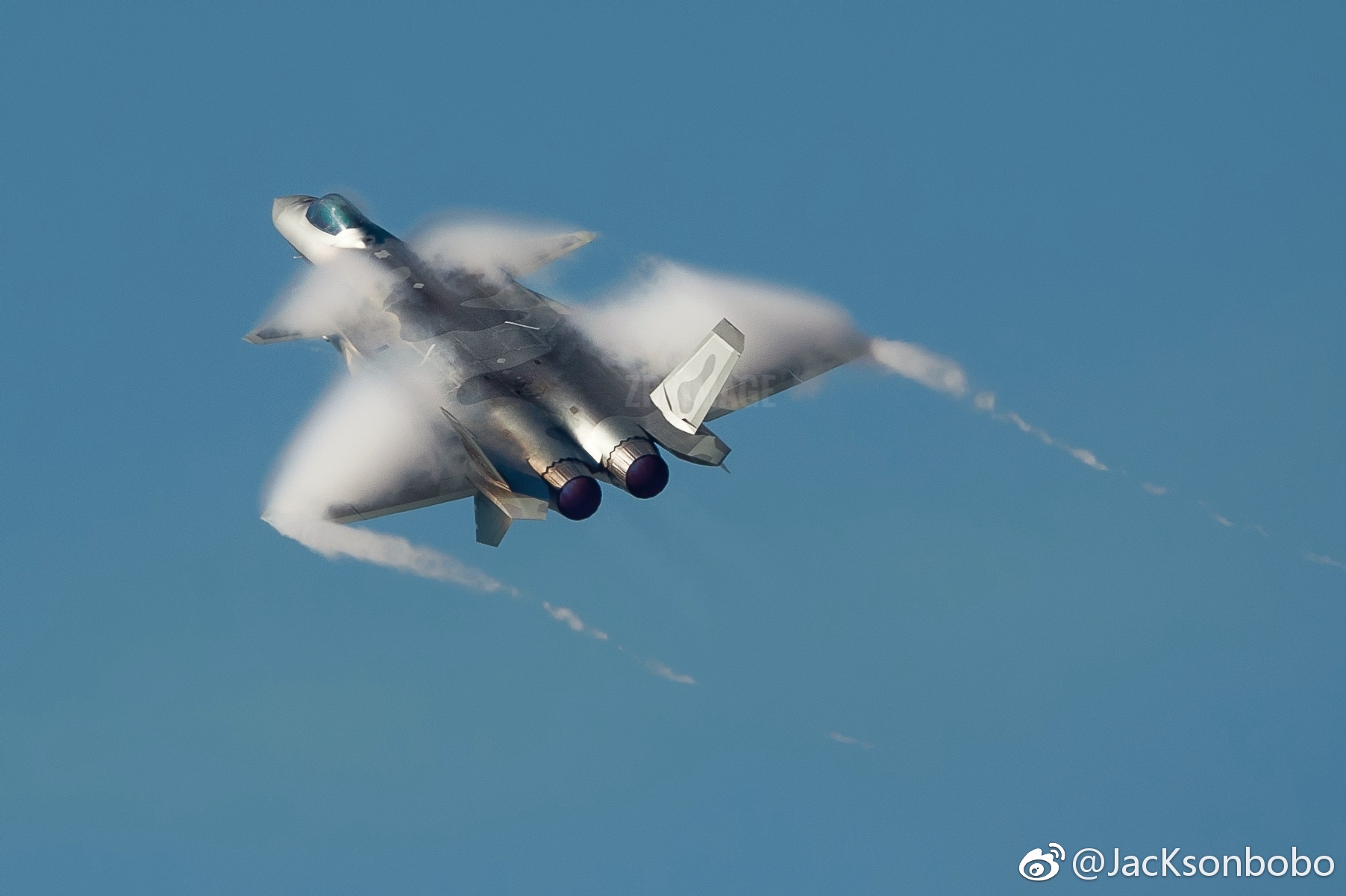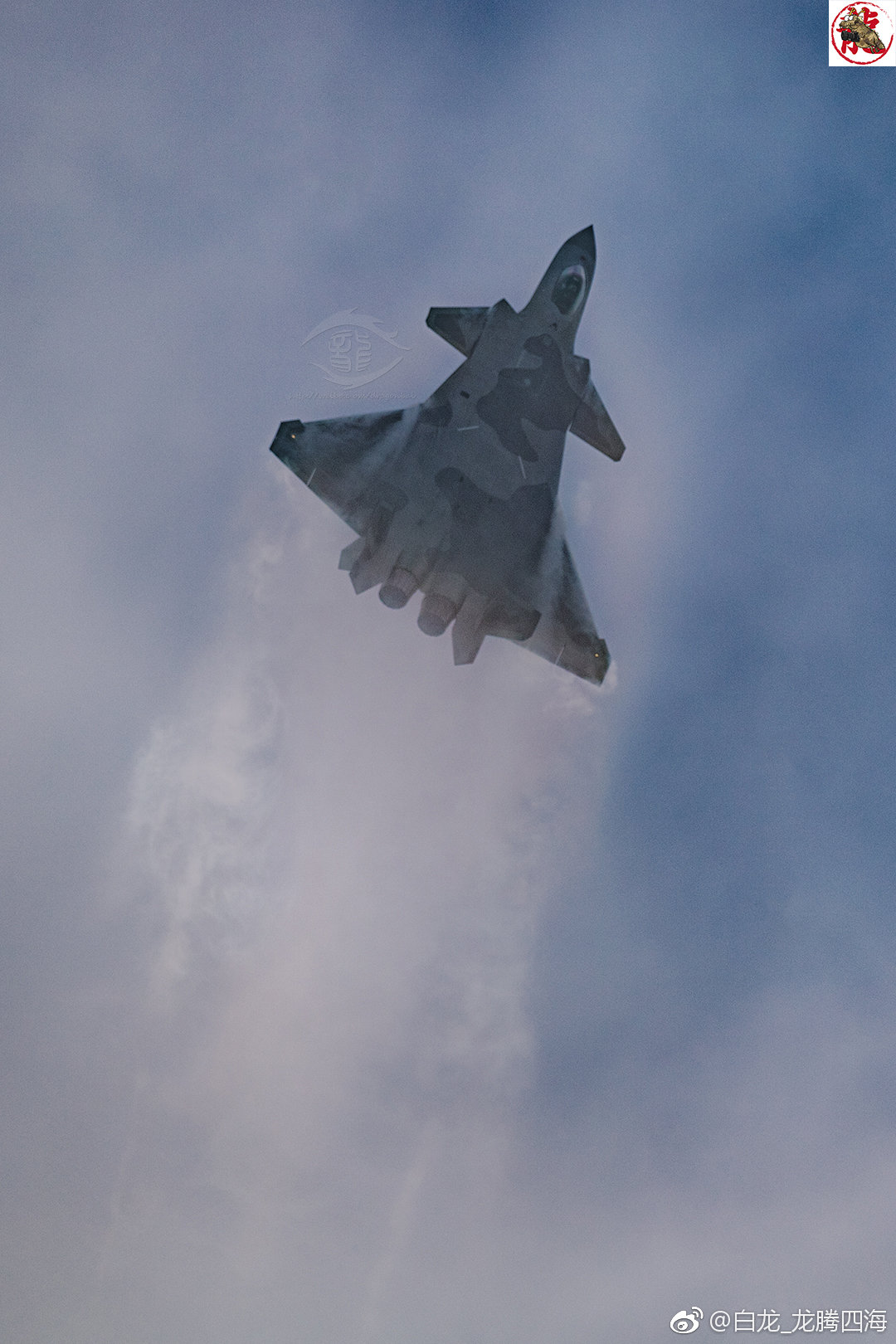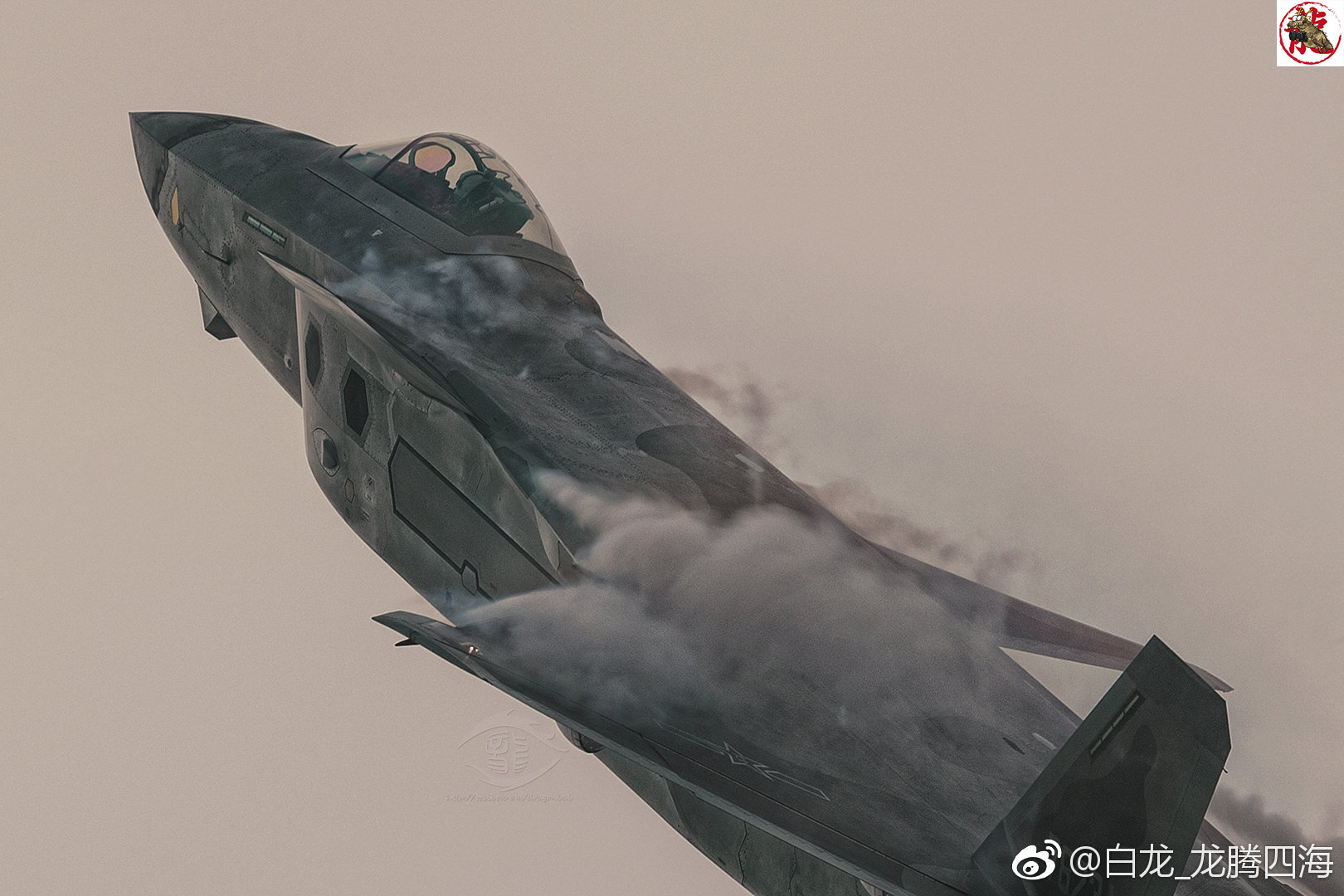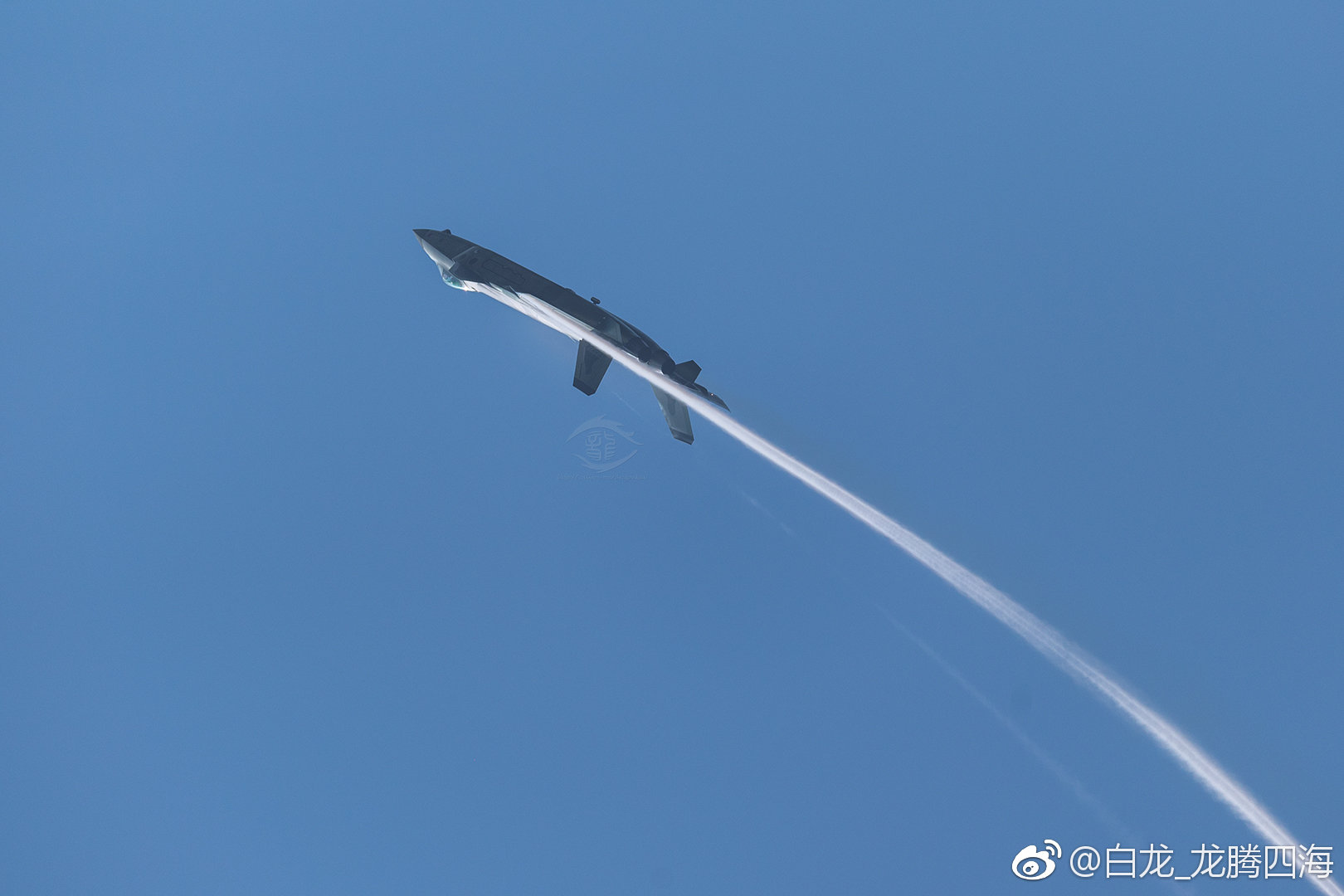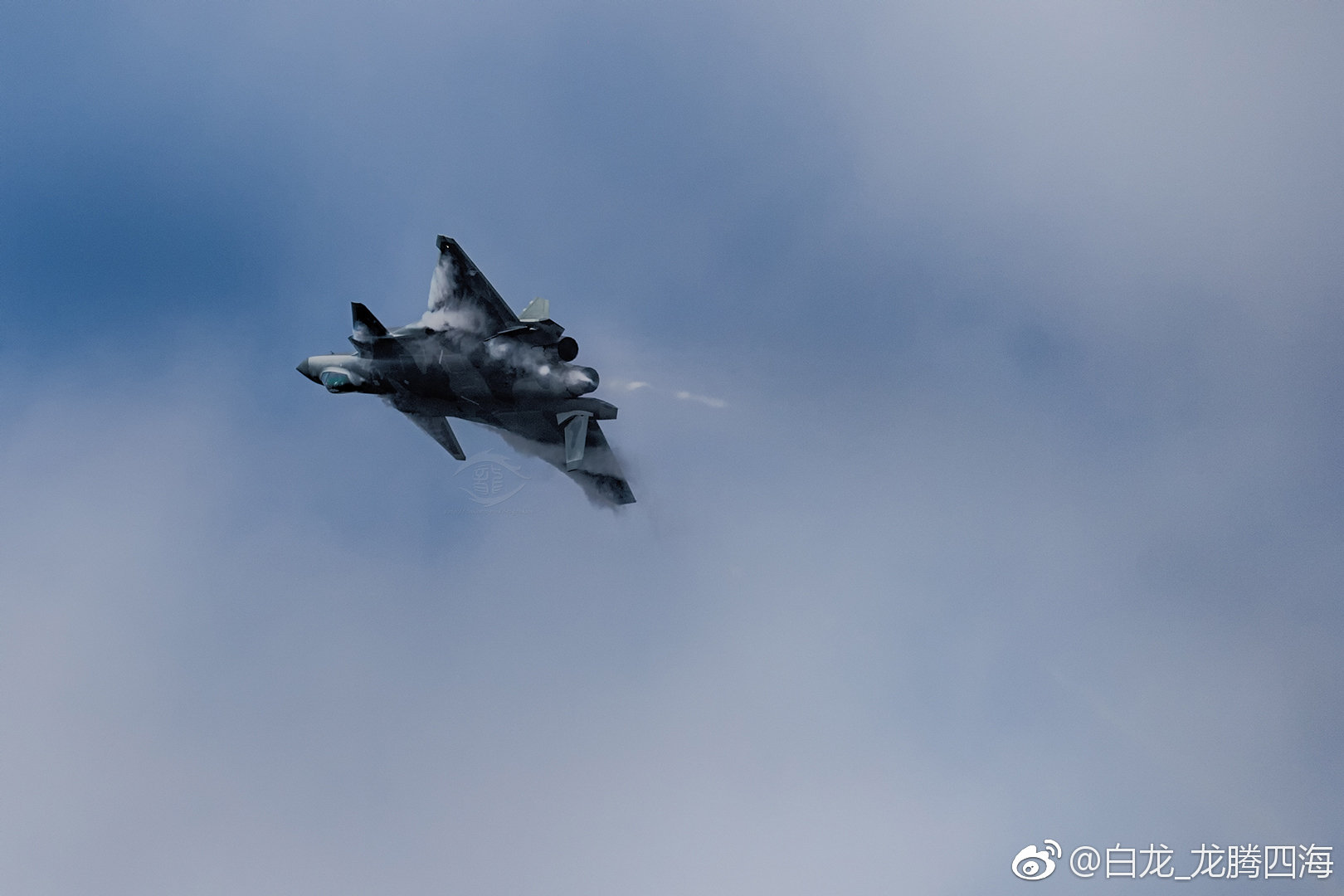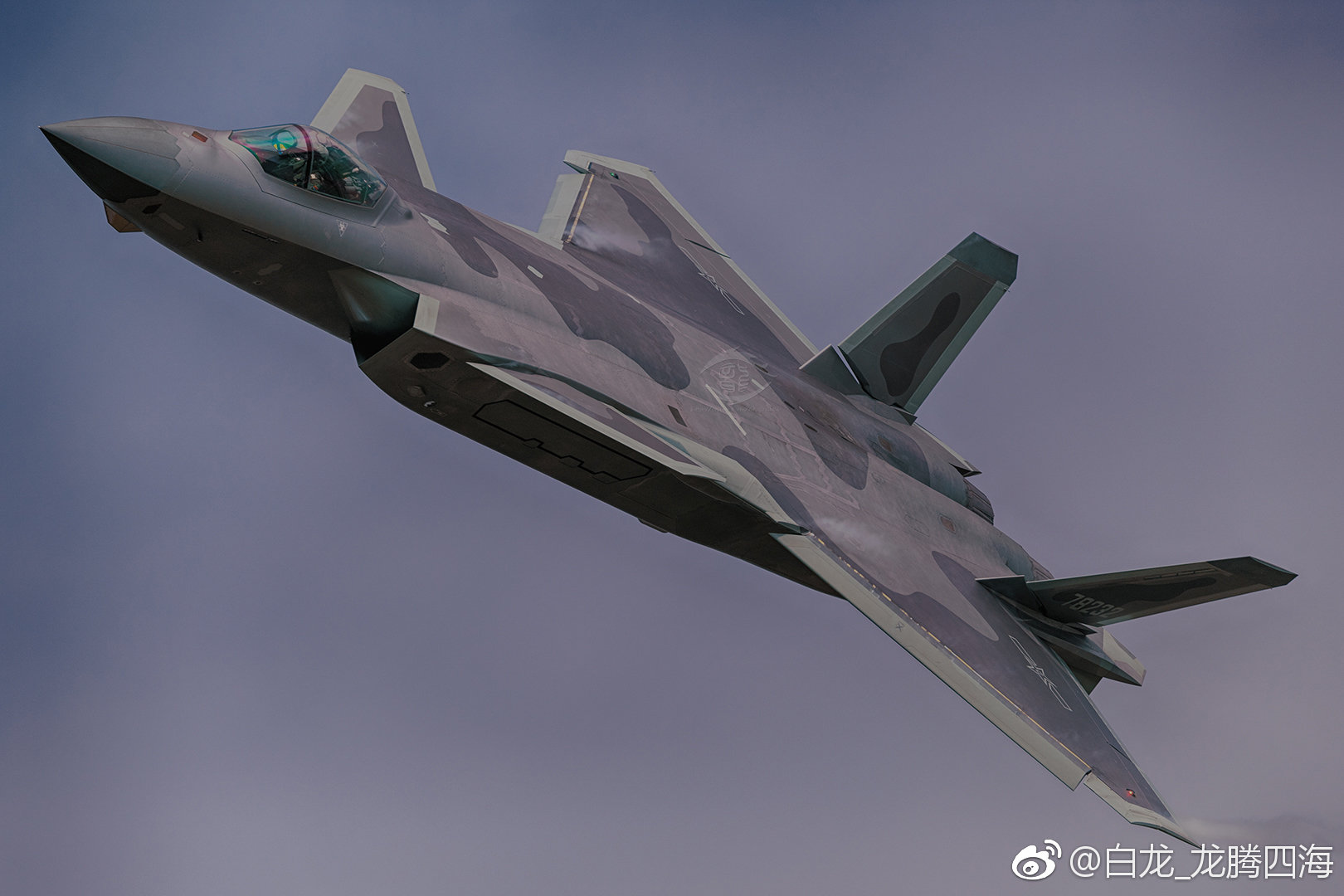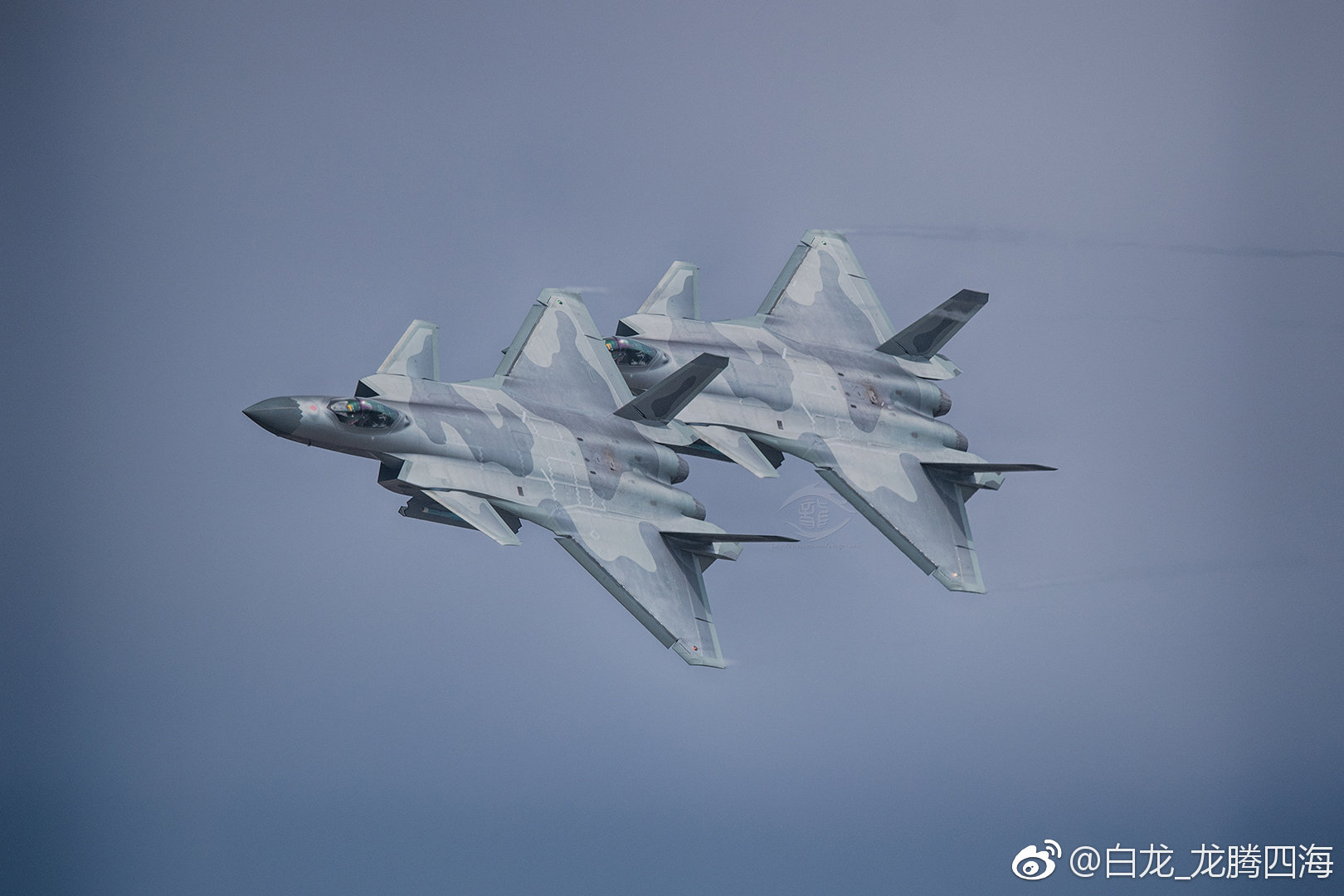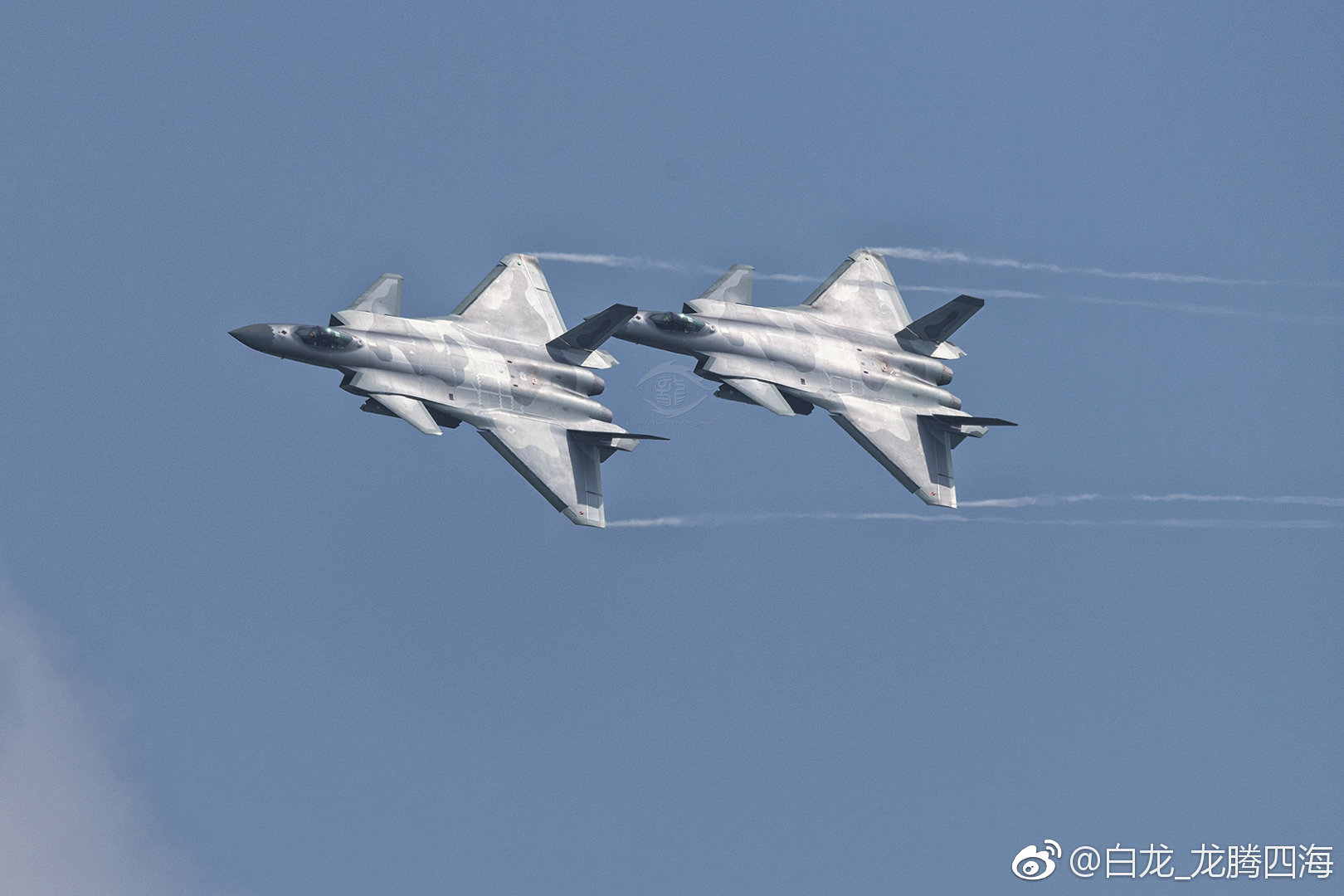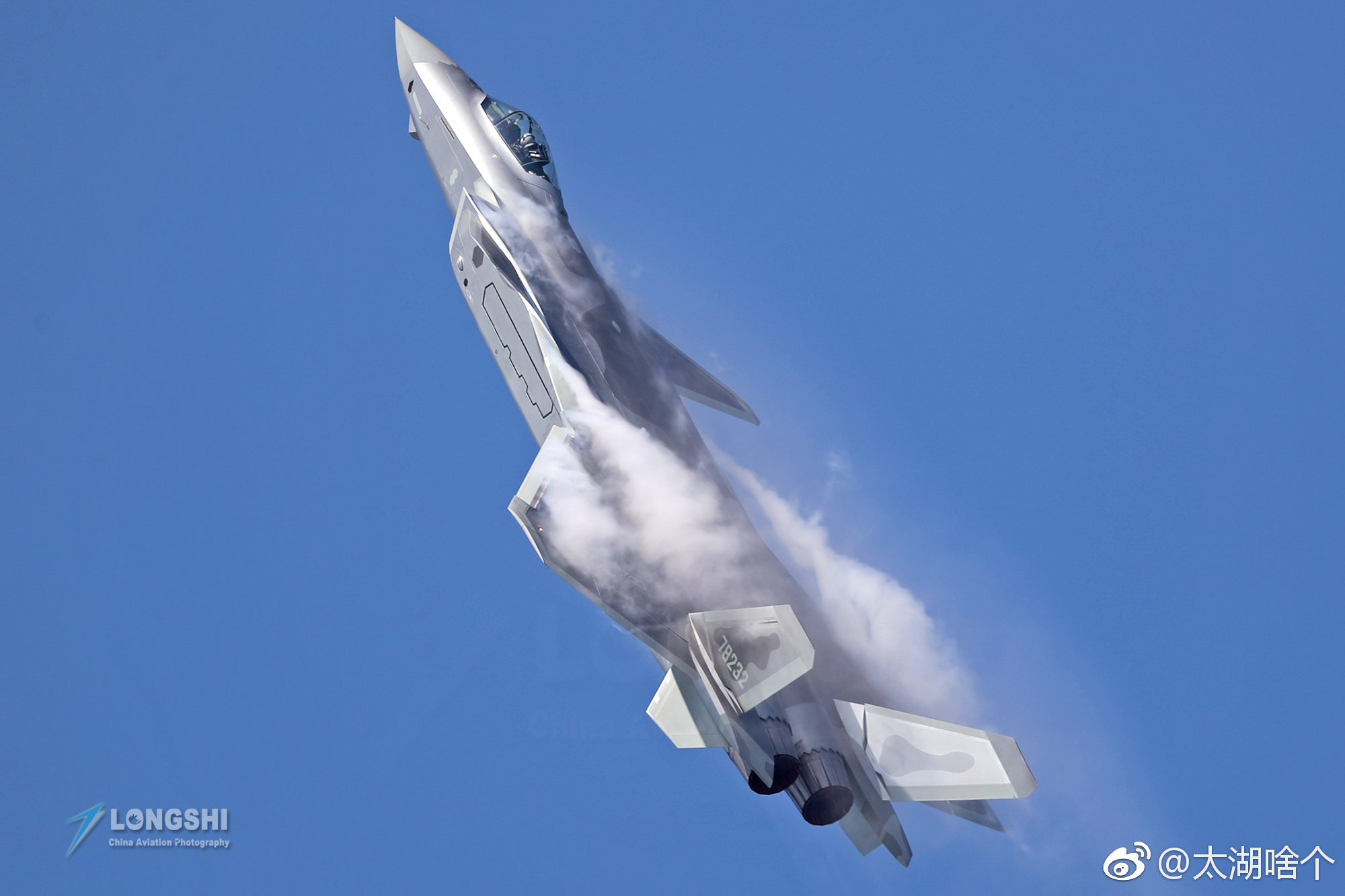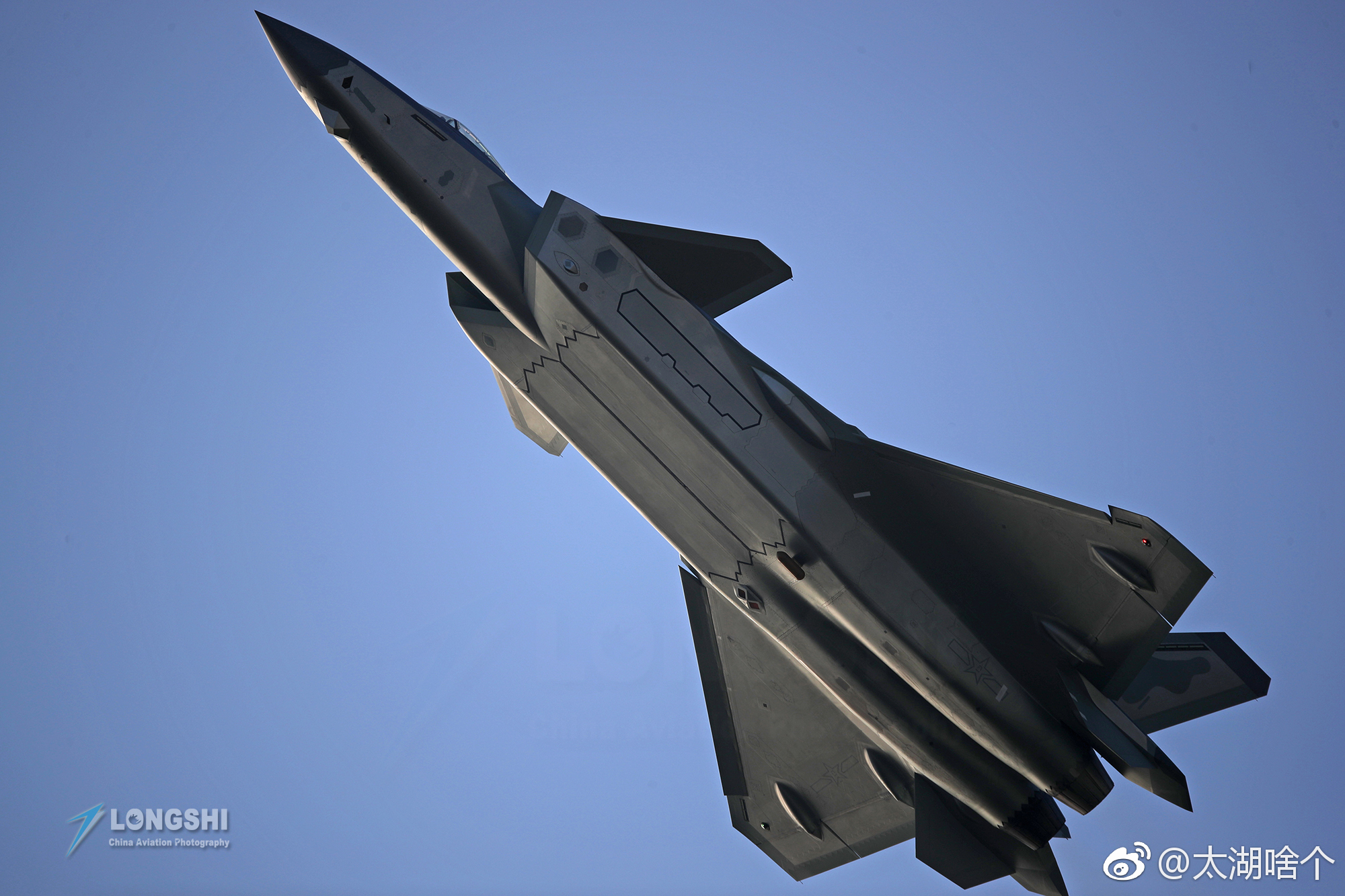You are using an out of date browser. It may not display this or other websites correctly.
You should upgrade or use an alternative browser.
You should upgrade or use an alternative browser.
J-20 5th Gen Fighter Thread VI
- Thread starter siegecrossbow
- Start date
- Status
- Not open for further replies.
Jura The idiot
General
now noticed the tweet
Yanliang, près de Xi'an, le 12 Décembre 2018.
Translated from French by
Yanliang, near Xi'an, 12 December 2018.
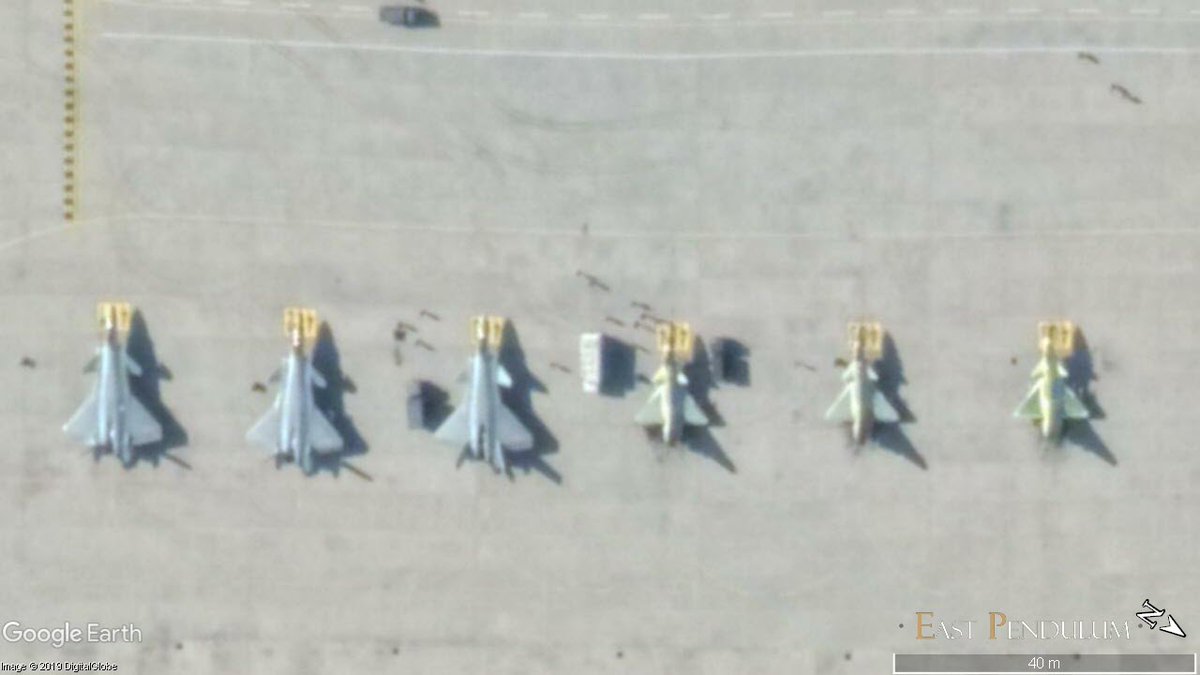
Yanliang, près de Xi'an, le 12 Décembre 2018.
Translated from French by
Yanliang, near Xi'an, 12 December 2018.

Ultra
Junior Member
Jura The idiot
General
now noticed the tweet
Répondant à la question des journalistes sur le modèle du chasseur qu’il aimerait piloter le plus, l’un des députés de l’Assemblée nationale populaire, également pilote dans la force d’aviation de la marine chinoise, dit sans hésitation : « Bien sûr que c’est le J-20... »
Translated from French by
Replying to the question of journalists on the model of the Hunter he would like to fly the most, one of the members of the National Assembly, also a pilot in the naval force of the Chinese Navy, said without hesitation: "of course it is the J-20 ... »

Répondant à la question des journalistes sur le modèle du chasseur qu’il aimerait piloter le plus, l’un des députés de l’Assemblée nationale populaire, également pilote dans la force d’aviation de la marine chinoise, dit sans hésitation : « Bien sûr que c’est le J-20... »
Translated from French by
Replying to the question of journalists on the model of the Hunter he would like to fly the most, one of the members of the National Assembly, also a pilot in the naval force of the Chinese Navy, said without hesitation: "of course it is the J-20 ... »

Could someone translate this?
View attachment 51383
Vertical stabilizer and dorsal fin are the yaw control surface of the aircraft. To satisfy the low radar observability design requirement, stealth aircraft usually use canted twin vertical stabilizer and/or twin dorsal fins. The canted surfaces not only shield the high temperature components in the aft fuselage and hot exhausts to a certain degree, they also enhance the mixing of exhaust jet with air. Fig. 4-44 show the effects of inward- and outward-canted vertical stabilizers have on the exhaust jet. In the outward-canted configuration, the shear layer of the jet is smooth. In the inward-canted one, the jet is twisted and the shear layer become rough; the mixing between jet and the surrounding flow is significantly enhanced; the decay of the high temperature region is increased.
Not sure how this would apply to J-20 in specifically. May be the dorsal fins are there to also improve IR characteristics?
Not sure how this would apply to J-20 in specifically. May be the dorsal fins are there to also improve IR characteristics?
to my knowledge no one has flown an inward canted tail on an L/O aircraft since the SR-71, it worked on the SR-71 because the tails were far apart on the tops of the engine nacelles, they did not interfere with one another's airflow. the illustration above will indeed cause a great deal of turbulent flow,,,
there are aerodynamic reasons why it was discontinued...
Some high-resolution photos for the weekend...

Has anyone else noticed the tape like markings/additions on some J-20s. The example above has this running along the fuselage, spanning the entire left wing and curiously also applied at the edge of the ventral fin, visible in the photo above. We've seen similar treatment to F-35 where certain panels lie.

Can't help but feel these details are somehow important in how the "stealth" in these designs work.
J-20's top surface are sometimes photographed with these and they are often also absent (at least less obvious due to lighting).


- Status
- Not open for further replies.


